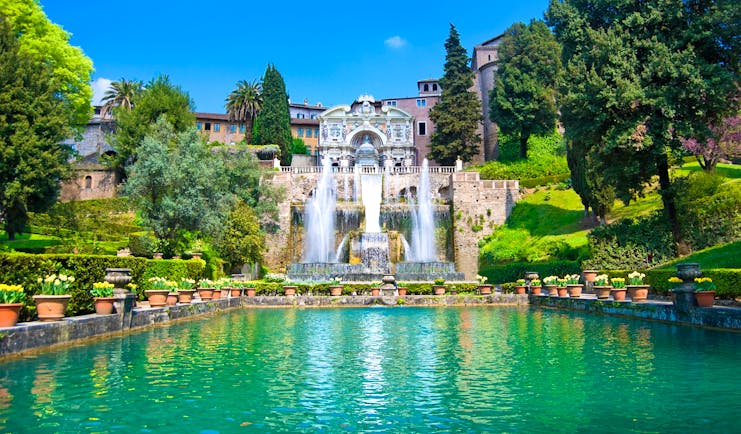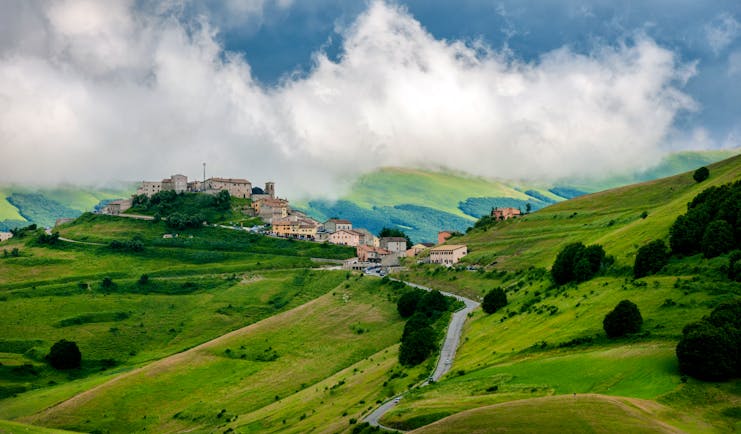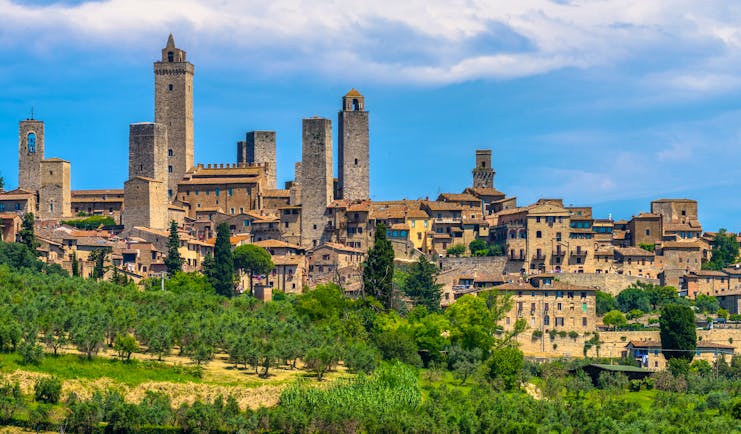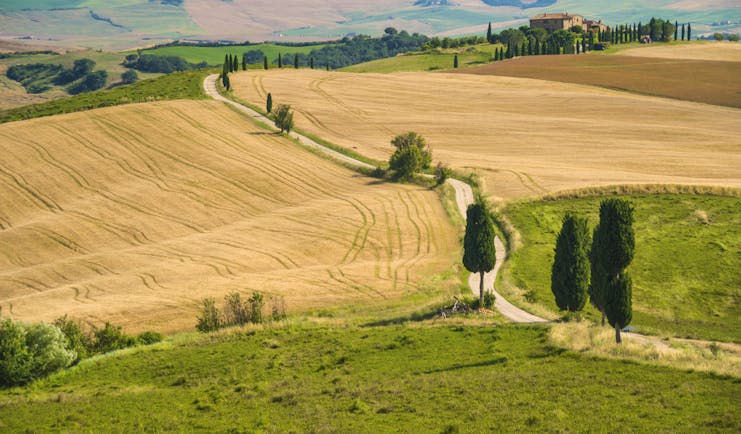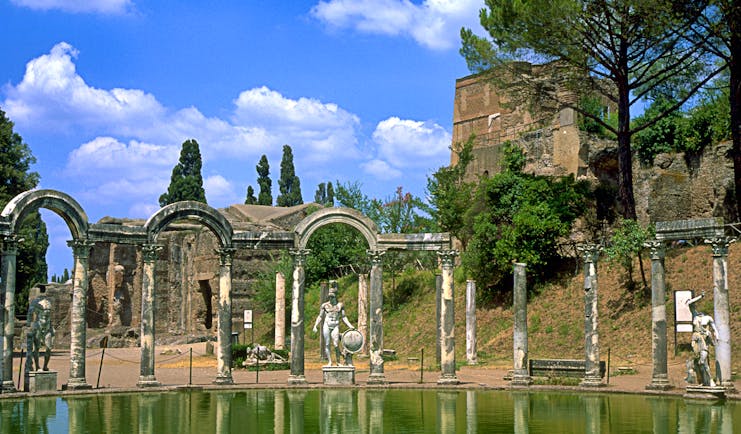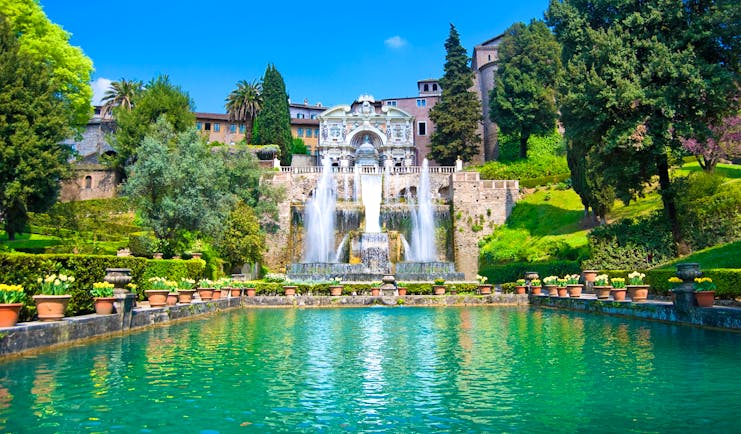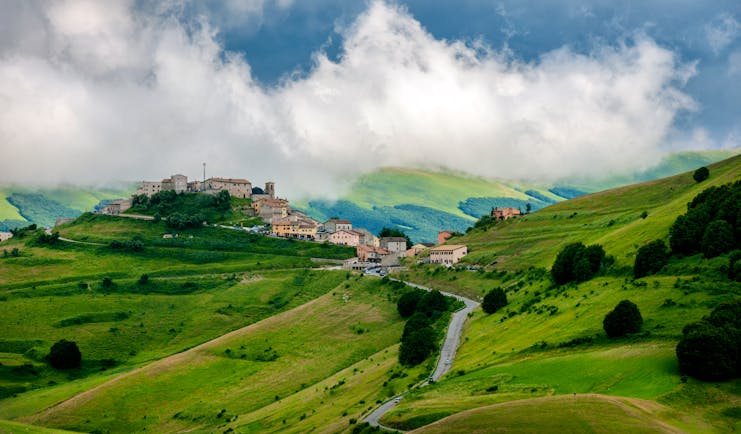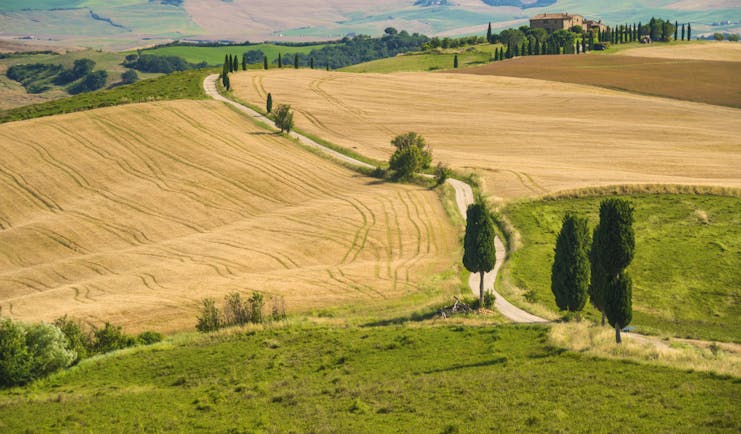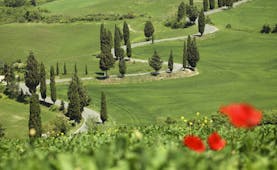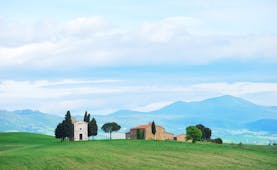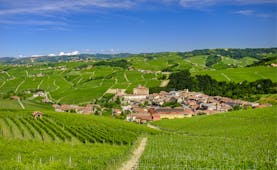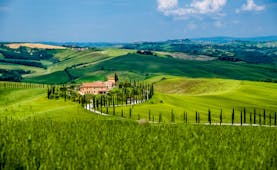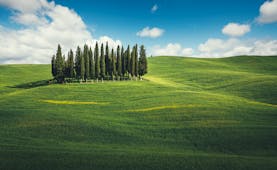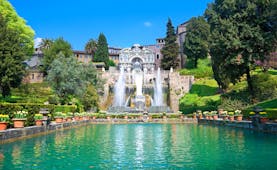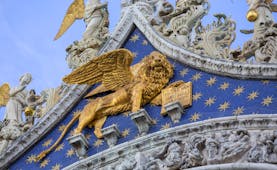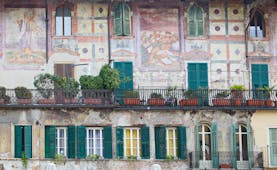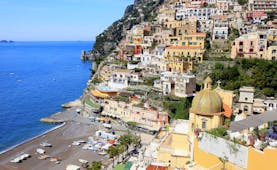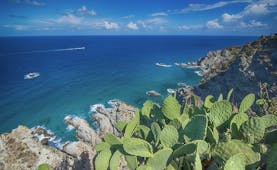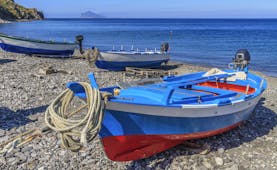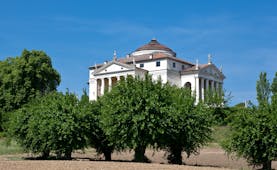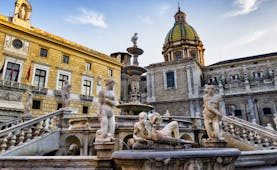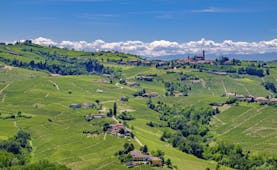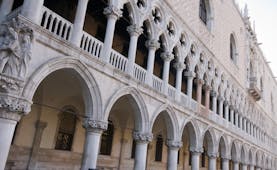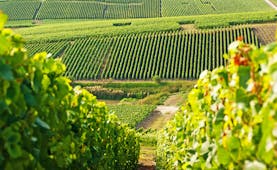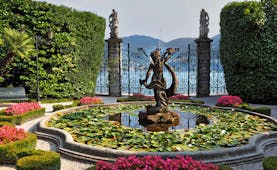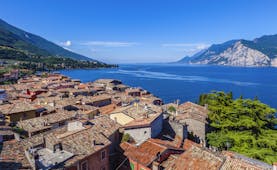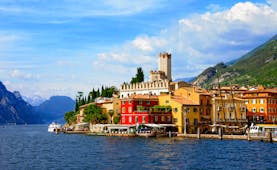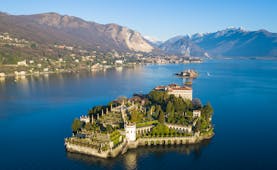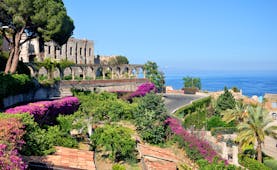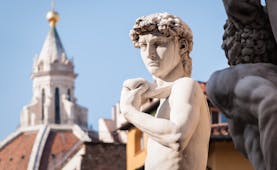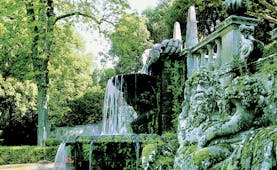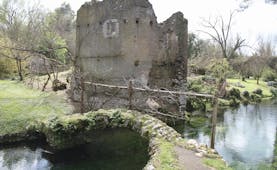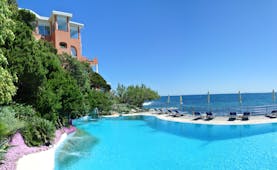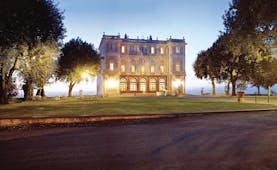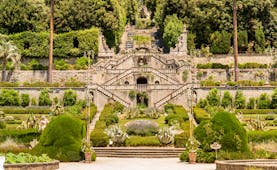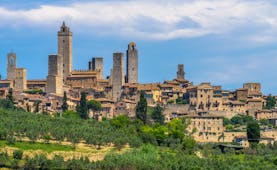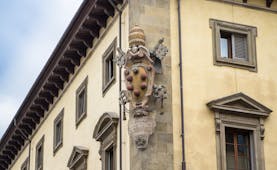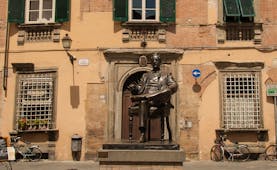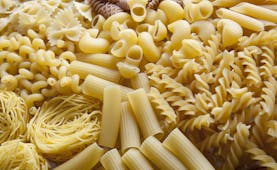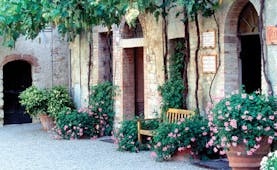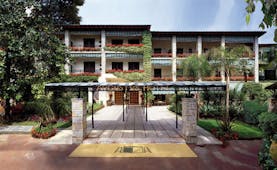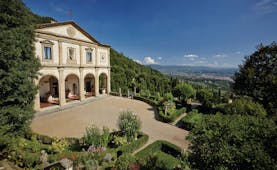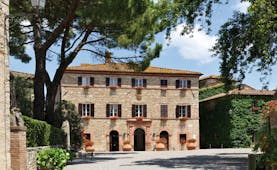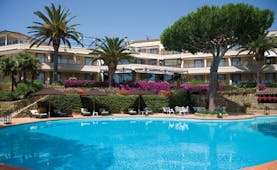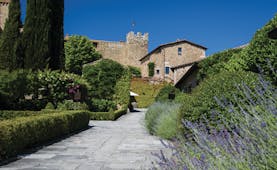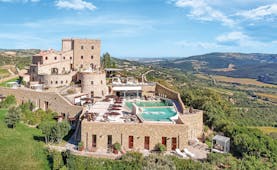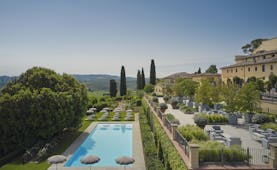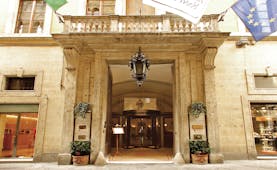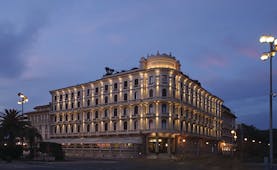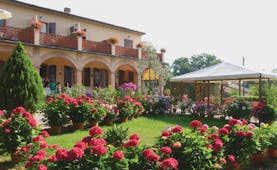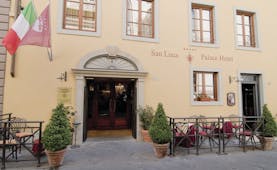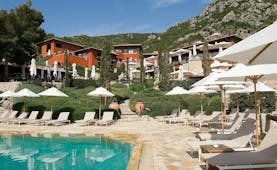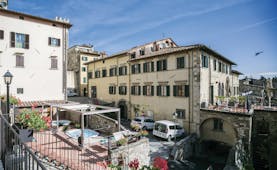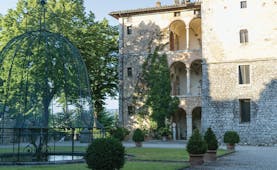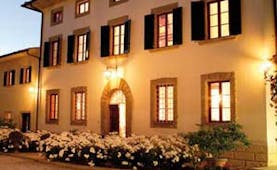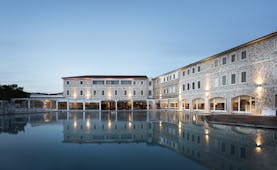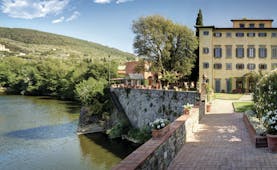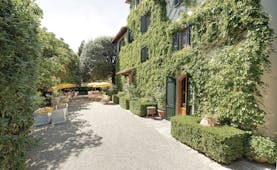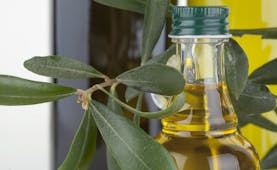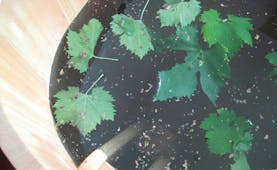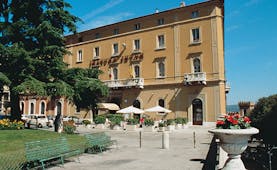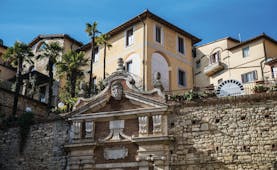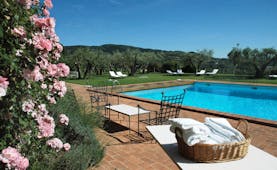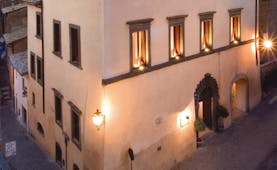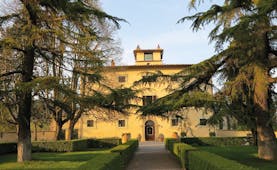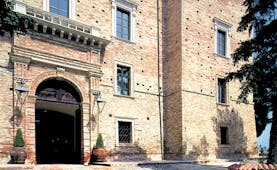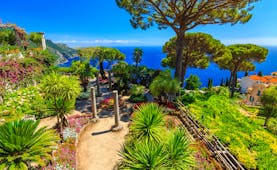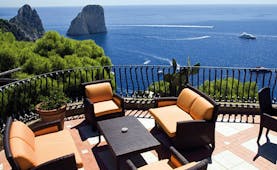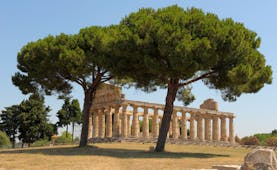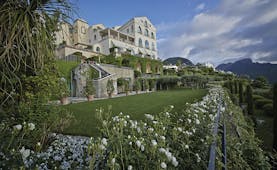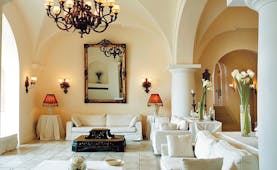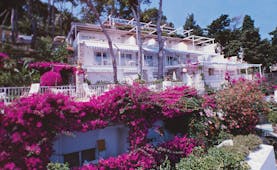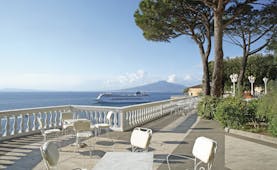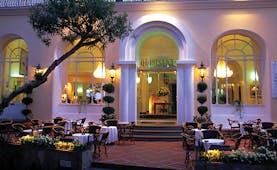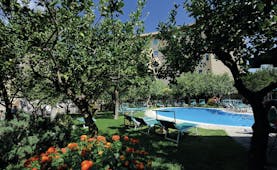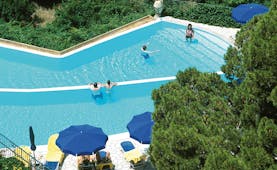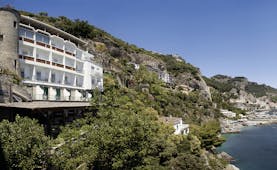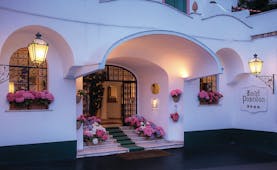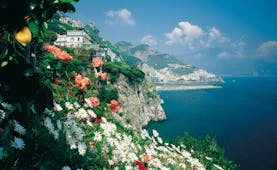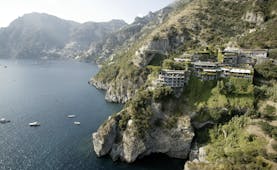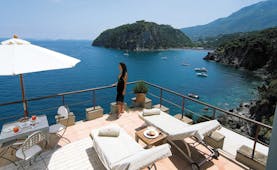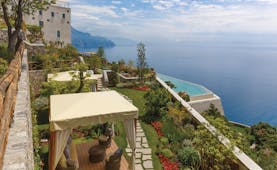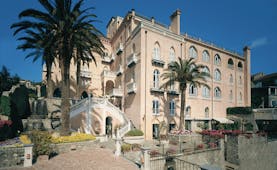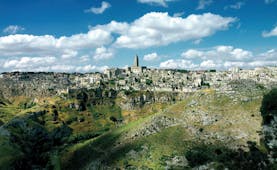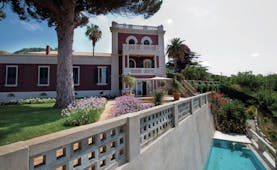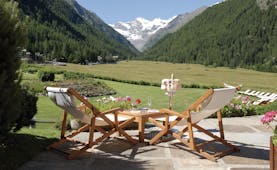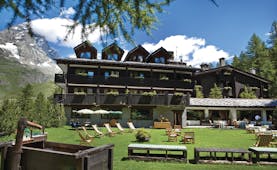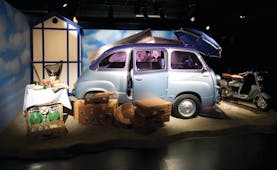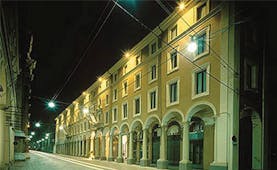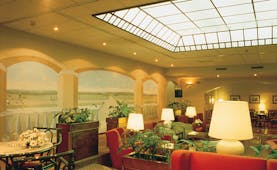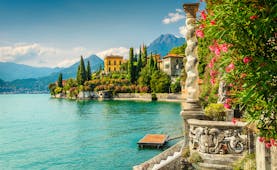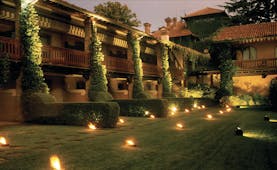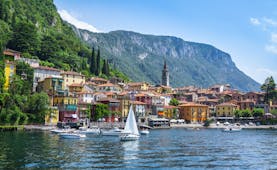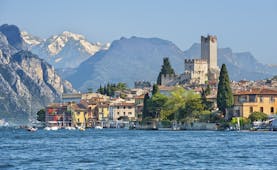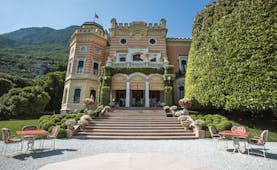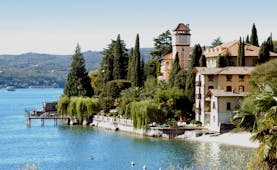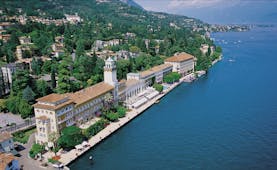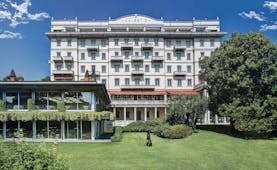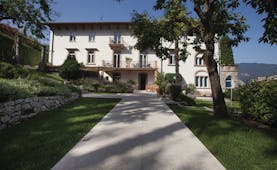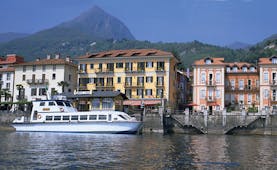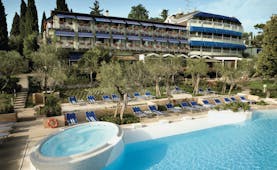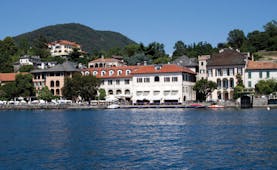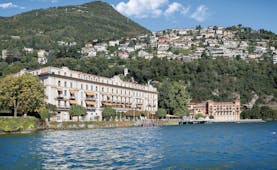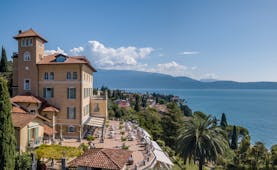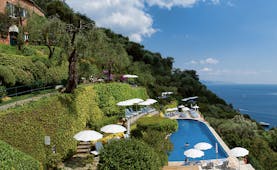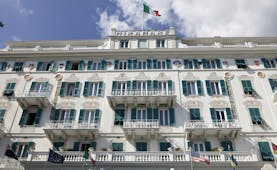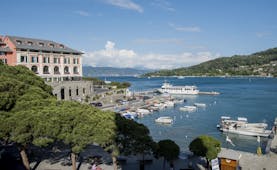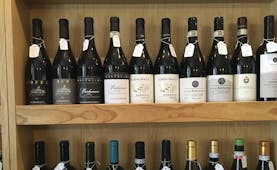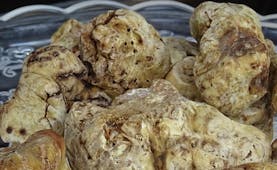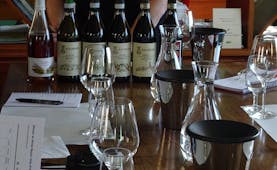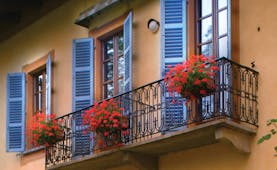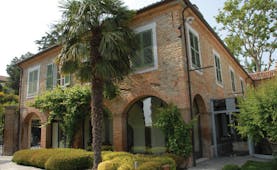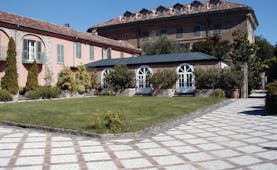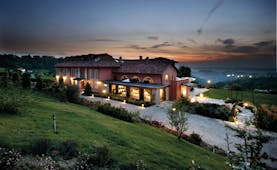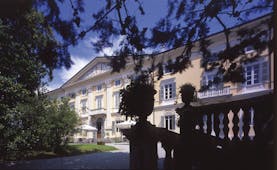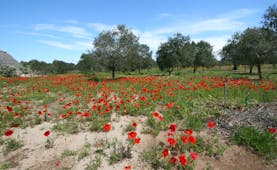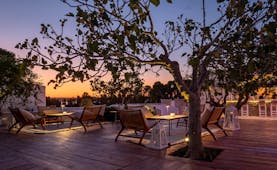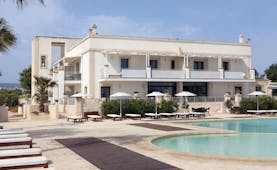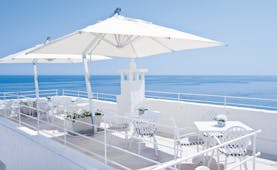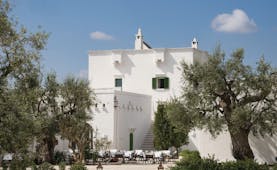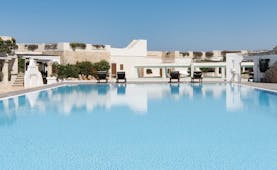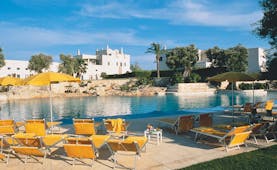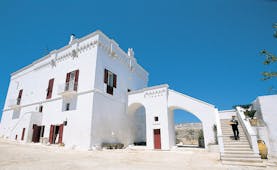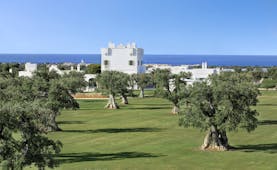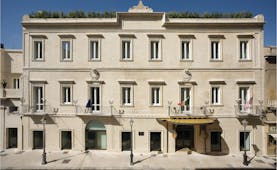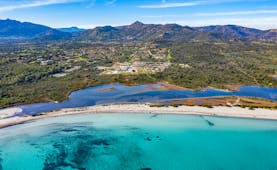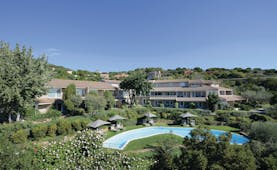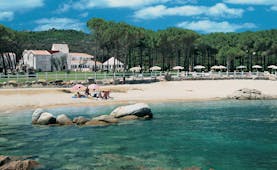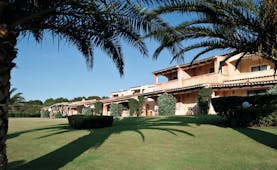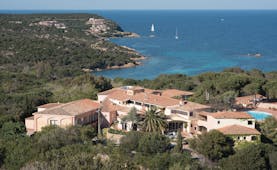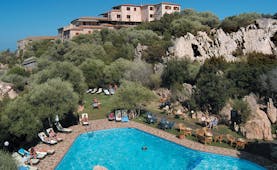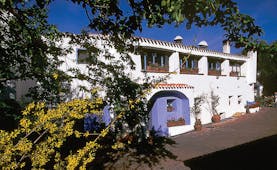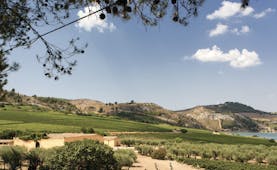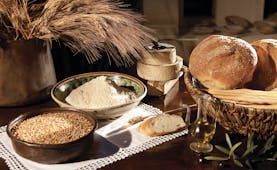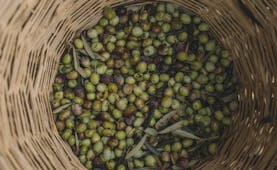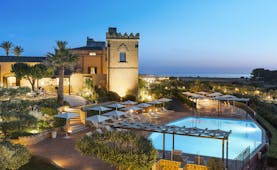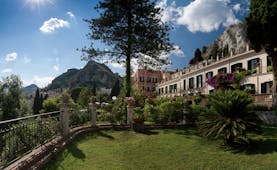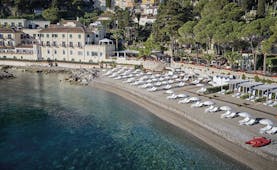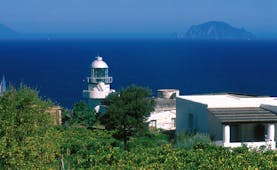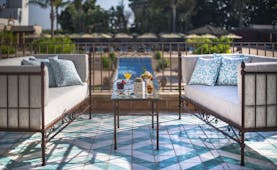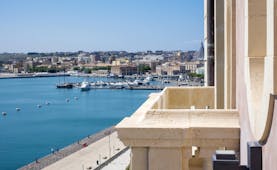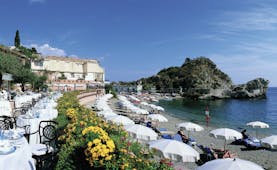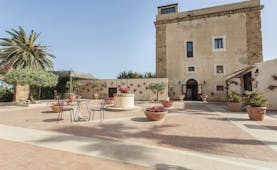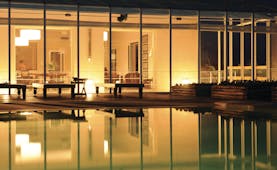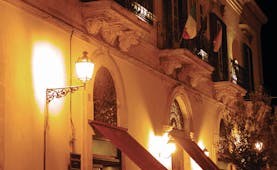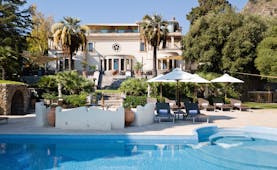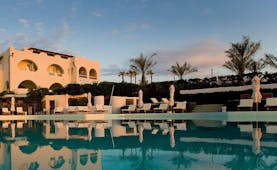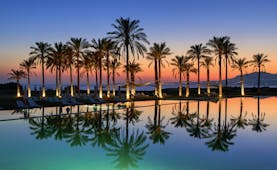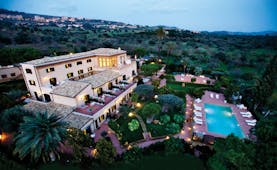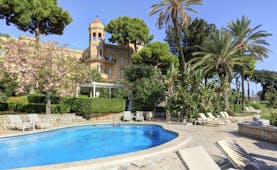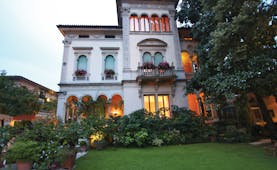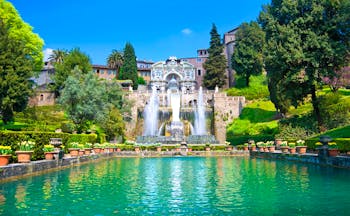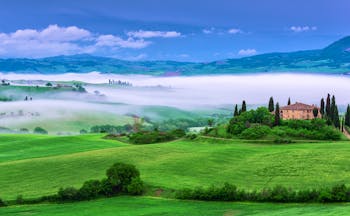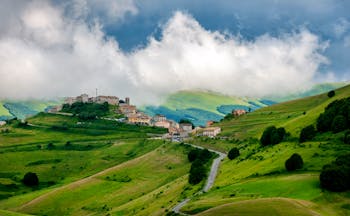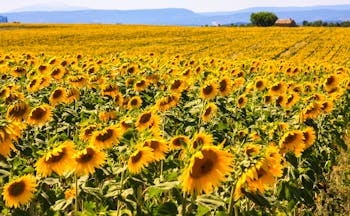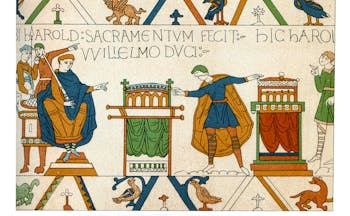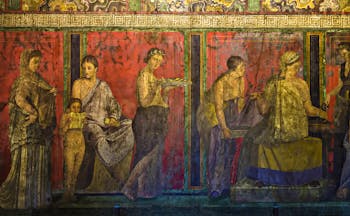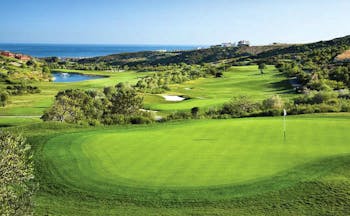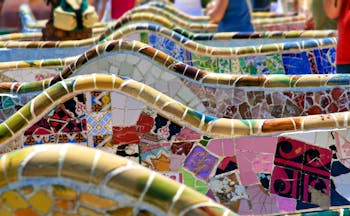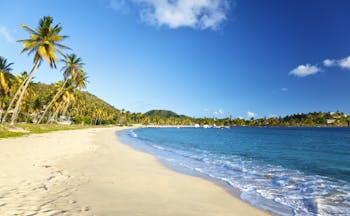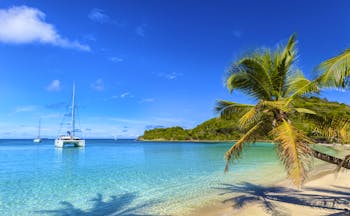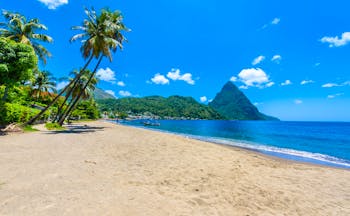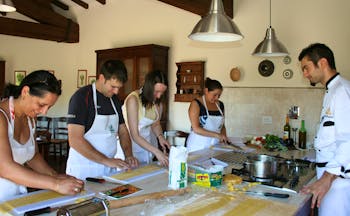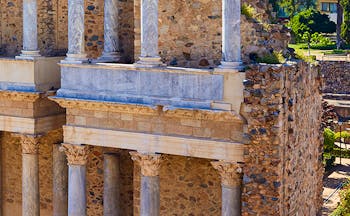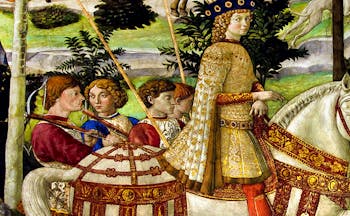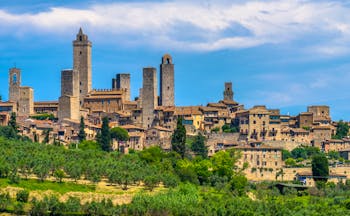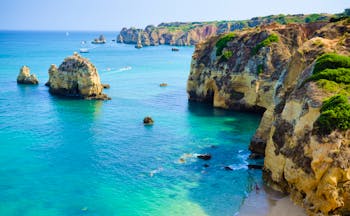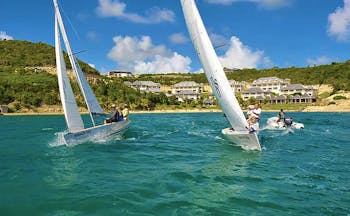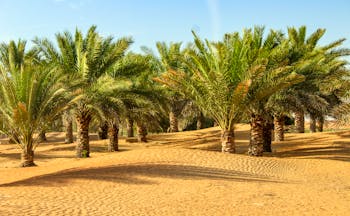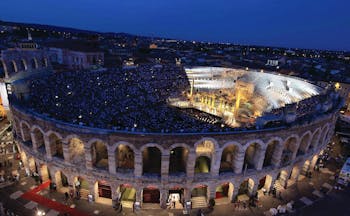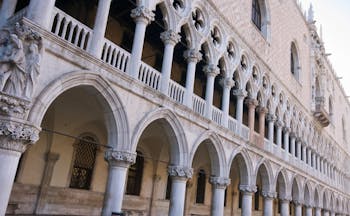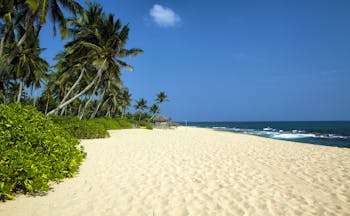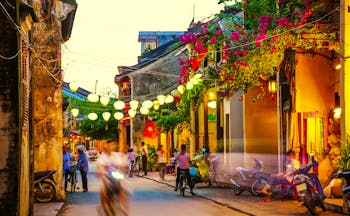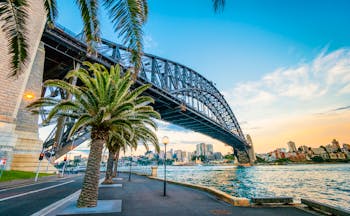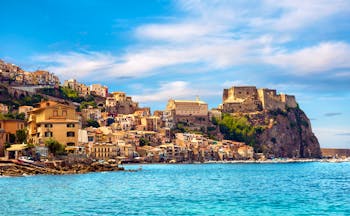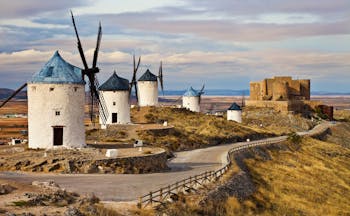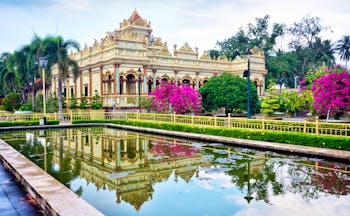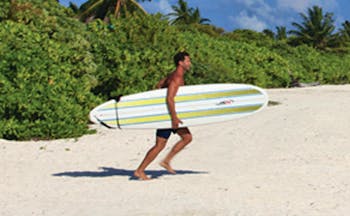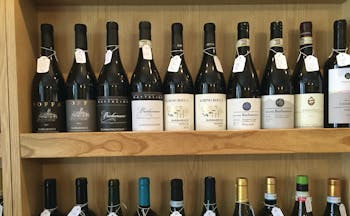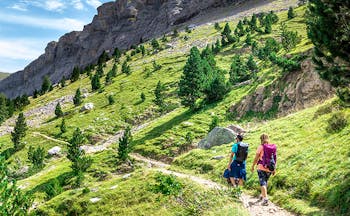Luxury fly-drive bespoke touring holiday to Tuscany, Umbria and Latium
Start this fly-drive holiday at Pisa where you collect your hire-car before heading to the Chianti region south of Florence where you will stay for three nights. There is plenty of time to explore the landscape and cultural places of interest between Florence and Siena, including the Chianti villages, San Gimignano and Volterra. From your base in Chianti it is possible to visit Florence for one of the days if desired. From Tuscany, you head south to Umbria, the very heart of Italy, perhaps stopping at Arezzo and Cortona on the way. You have three nights in Umbria. Begin your exploration of the region with Perugia. At the heart of this city, on a hilltop, is the Cattedrale di San Lorenzo, distinctive because of its original architectural style. To the west of Perugia lies Lake Trasimeno, the fourth largest lake in Italy. Gubbio is the site of the well-known ‘race of the candles’. Your third region is Latium and a stay near Frascati, among the Castelli Romani. Use this glorious wine village as a base for your exploration of historic sites of the region such as Castel Gandolfi or Tivoli. Explore the verdant gardens of Ninfa and Landriana, the former containing rare plants from around the world within its ruined mediaeval walls, the latter bursting with luxuriant flowers set out in an English garden style. At the end of the tour you return from Rome by air to London.
Highlights
Chianti • Visit San Gimignano • Visit Siena or Florence • Visit Lake Trasimeno • Visit Perugia • Gubbio • Orvieto • Visit Tivoli • Visit the gardens of Landriana and Ninfa • Frascati
Day by day
Your fly-drive touring holiday starts in Pisa where you collect your hire-car. Nestled in the rolling hills of Tuscany amid vineyards the hotel is perfectly located for exploring the Chianti region and nearby Florence. To see more of the Tuscan villages, we recommend San Gimignano or Volterra. San Gimignano is characterised by the rising towers around its fortified walls. Volterra, on the other hand, is built out of volcanic rock, giving its streets a darker, more ominous feel. Volterra retains most of its original fortifications and is surrounded by deep ravines. Another excursion possibility is Siena. The first point of interest is the Piazza del Duomo, originally intended to act as the interior of a vast Duomo extension in response to Florence’s growth. All that remains of these efforts, however, are the large free-standing archway at the entrance to the square, and the beautifully tiled floor. Inside the Duomo’s baptistery lies another of Siena’s great assets: the baptismal font. This font is decorated with intricate relief panels by the likes of Donatello, Ghiberti, and Jacopo della Quercia. For a taste of Sienese art, visit the Palazzo Pubblico, also known for being the tallest secular tower of mediaeval Italy. Have lunch in one of the pavement cafés on the semi-circular Piazza del Campo. On the 2nd of July and 16th of August every year, this ‘square’ hosts Siena’s ‘Palio’. This mediaeval horserace requires a rider from each of Siena’s 17 districts to compete against one another as they trace around the semi-circle. Take the time to appreciate the abundance of olive groves and gardens that occupy nearly half of the space within Siena’s walls, before heading back to your hotel.
Umbria is a region defined by a landscape crowned by villages, remote wooded hills, agricultural fields and vineyards too. The stone is darker and greyer than that in Tuscany. Umbria offers its visitors a wealth of stunning artworks that rival those of any other region in Italy. You stay in the wine village of Torgiano surrounded by rolling hills and vineyards. The city of Perugia is the obvious place to start your exploration of Umbria. At the heart of this city, on a hilltop, is the Cattedrale di San Lorenzo, distinctive because of its original architectural style. Inside, the cathedral contains a huge collection of works of art. The Palazzo dei Priori, however, is a gothic 13th century palace that holds Perugia’s main art gallery: the Galleria Nazionale dell’Umbria. Take a walk along the Via dell’Acquedotto, a converted aqueduct that navigates through the whole town, or, through the unnamed Etruscan gateway, enter the Rocca Paolina, a maze of underground tunnels that used to make up the mediaeval city, but now affords residents and visitors an intriguing and convenient way of getting from one part of the city to another. A favourite attraction in Perugia is the Perugina chocolate factory, which offers tours. To the west of Perugia lies Lake Trasimeno, the fourth largest lake in Italy. One of the best places to see the lake may well be the picturesque village of Castiglione del Lago, perched on a western cape. Magione, on the east side of the lake, is the site of the Castle of the Knights of Malta, an impressive building visible for miles around. If you wish to take a more self-guided approach to touring the lake, there are plenty of trails and walks that line the pretty shoreline. In the town of Assisi lies the Basilica di San Francesca, arguably one of Umbria’s finest religious buildings. The basilica is famous perhaps because of its frescoes, reputedly painted by Giotto, and of course, because it houses the tomb of St Francis.
On your way to Frascati, stop off in Orvieto and Narni. Orvieto is set on a large raised rock, much like a bluff; this rock is half-hollow, as more than 1200 tunnels wind their way through it. This ancient civilisation has left even a mill and animal enclosures underground. Narni is famous for being at the very centre of Italy; a stone, laid into the ground, marks the precise centre point. From here, move on to Frascati in Latium. Taste the delicate Frascati white wines in one of the many wineries scattered over the hills, go walking in the Alban Hills, or seek out the local Amaretti biscuits, as well as the Cesanese dry red wine. Nearby are two lovely, but very different gardens: the unusual and colourful Giardini della Landriana, and the Giardino di Ninfa, which has a vast collection of plants from all over the world. The Villa Aldobrandini seems to dominate most of the town and is by far the most impressive of Frascati’s buildings, originally built for the nephew of a Pope. On the 23rd of June, Frascati hosts the Sagra della Lumaca, an outdoor feast of snails, and in October the Sagra del Vino celebrates the Frascati wines.
Depending on the time of your flight to London, spend the day with continued sightseeing in the vicinity, perhaps by visiting Anzio or Ostia Antica on the way back to the airport.
I just wanted to get in touch to say thank you! We have now returned from our Orient Express, Venice trip, and it could not have been better. The memories made will last a life time. Obviously, the train experience is beyond words and Venice is such a fantastic place, but we wanted to specifically thank you for the organisation and assistance. Your attention to detail is superb and it made everything smooth and easy. Thank you again for a job extremely well done.Mrs C, May, 2024
Holiday price guide Prices start at £2,300 per person based on two people sharing a double or twin room.
Holiday Code ITFD09
Call us on 01392 441245
Luxury fly-drive bespoke touring holiday to Tuscany, Umbria and Latium
Your fly-drive touring holiday starts in Pisa where you collect your hire-car. Nestled in the rolling hills of Tuscany amid vineyards the hotel is perfectly located for exploring the Chianti region and nearby Florence. To see more of the Tuscan villages, we recommend San Gimignano or Volterra. San Gimignano is characterised by the rising towers around its fortified walls. Volterra, on the other hand, is built out of volcanic rock, giving its streets a darker, more ominous feel. Volterra retains most of its original fortifications and is surrounded by deep ravines. Another excursion possibility is Siena. The first point of interest is the Piazza del Duomo, originally intended to act as the interior of a vast Duomo extension in response to Florence’s growth. All that remains of these efforts, however, are the large free-standing archway at the entrance to the square, and the beautifully tiled floor. Inside the Duomo’s baptistery lies another of Siena’s great assets: the baptismal font. This font is decorated with intricate relief panels by the likes of Donatello, Ghiberti, and Jacopo della Quercia. For a taste of Sienese art, visit the Palazzo Pubblico, also known for being the tallest secular tower of mediaeval Italy. Have lunch in one of the pavement cafés on the semi-circular Piazza del Campo. On the 2nd of July and 16th of August every year, this ‘square’ hosts Siena’s ‘Palio’. This mediaeval horserace requires a rider from each of Siena’s 17 districts to compete against one another as they trace around the semi-circle. Take the time to appreciate the abundance of olive groves and gardens that occupy nearly half of the space within Siena’s walls, before heading back to your hotel.
Umbria is a region defined by a landscape crowned by villages, remote wooded hills, agricultural fields and vineyards too. The stone is darker and greyer than that in Tuscany. Umbria offers its visitors a wealth of stunning artworks that rival those of any other region in Italy. You stay in the wine village of Torgiano surrounded by rolling hills and vineyards. The city of Perugia is the obvious place to start your exploration of Umbria. At the heart of this city, on a hilltop, is the Cattedrale di San Lorenzo, distinctive because of its original architectural style. Inside, the cathedral contains a huge collection of works of art. The Palazzo dei Priori, however, is a gothic 13th century palace that holds Perugia’s main art gallery: the Galleria Nazionale dell’Umbria. Take a walk along the Via dell’Acquedotto, a converted aqueduct that navigates through the whole town, or, through the unnamed Etruscan gateway, enter the Rocca Paolina, a maze of underground tunnels that used to make up the mediaeval city, but now affords residents and visitors an intriguing and convenient way of getting from one part of the city to another. A favourite attraction in Perugia is the Perugina chocolate factory, which offers tours. To the west of Perugia lies Lake Trasimeno, the fourth largest lake in Italy. One of the best places to see the lake may well be the picturesque village of Castiglione del Lago, perched on a western cape. Magione, on the east side of the lake, is the site of the Castle of the Knights of Malta, an impressive building visible for miles around. If you wish to take a more self-guided approach to touring the lake, there are plenty of trails and walks that line the pretty shoreline. In the town of Assisi lies the Basilica di San Francesca, arguably one of Umbria’s finest religious buildings. The basilica is famous perhaps because of its frescoes, reputedly painted by Giotto, and of course, because it houses the tomb of St Francis.
On your way to Frascati, stop off in Orvieto and Narni. Orvieto is set on a large raised rock, much like a bluff; this rock is half-hollow, as more than 1200 tunnels wind their way through it. This ancient civilisation has left even a mill and animal enclosures underground. Narni is famous for being at the very centre of Italy; a stone, laid into the ground, marks the precise centre point. From here, move on to Frascati in Latium. Taste the delicate Frascati white wines in one of the many wineries scattered over the hills, go walking in the Alban Hills, or seek out the local Amaretti biscuits, as well as the Cesanese dry red wine. Nearby are two lovely, but very different gardens: the unusual and colourful Giardini della Landriana, and the Giardino di Ninfa, which has a vast collection of plants from all over the world. The Villa Aldobrandini seems to dominate most of the town and is by far the most impressive of Frascati’s buildings, originally built for the nephew of a Pope. On the 23rd of June, Frascati hosts the Sagra della Lumaca, an outdoor feast of snails, and in October the Sagra del Vino celebrates the Frascati wines.
Depending on the time of your flight to London, spend the day with continued sightseeing in the vicinity, perhaps by visiting Anzio or Ostia Antica on the way back to the airport.
I just wanted to get in touch to say thank you! We have now returned from our Orient Express, Venice trip, and it could not have been better. The memories made will last a life time. Obviously, the train experience is beyond words and Venice is such a fantastic place, but we wanted to specifically thank you for the organisation and assistance. Your attention to detail is superb and it made everything smooth and easy. Thank you again for a job extremely well done.Mrs C, May, 2024
Holiday price guide Prices start at £2,300 per person based on two people sharing a double or twin room.
Holiday Code ITFD09
Our prices include
● British Airways flights from London Heathrow to Pisa and Rome to London Heathrow
● Hire of a Group B car for the duration of holiday
● 3 nights’ bed and breakfast in a Classic double room at the Hotel Villa le Barone, in Tuscany
● 3 nights’ bed and breakfast in a Classic double room at the Hotel le Tre Vaselle, in Torgiano, Umbria
● 3 nights’ bed and breakfast in a Classic double room at the Park Hotel Villa Grazioli, in Frascati, Latium
● Concierge service and Expressions Holidays regional helpful hints
Our prices do not include
● Early check-in or late check-out at any hotels (although we can arrange this on request at additional cost)
● Any other services not mentioned above, such as transfers and meals except breakfast at hotels
● Personal holiday insurance. This is essential and cover should be in place from when you book the holiday.
● Local tourist tax, usually between Euros 1 and 3 per person per night, and payable locally to the hotel
Additional information
Driving times for this touring holiday
Pisa to Panzano 1 hours 35 minutes
Panzano to Torgiano 90 minutes
Torgiano to Frascati 90 minutes
Frascati to Rome 40 minutes
Call us on 01392 441245
Luxury fly-drive bespoke touring holiday to Tuscany, Umbria and Latium

Villa le Barone is an enchanting 4-star hotel in a beautiful rural location in the Chianti countryside. Exquisite gardens, delicious cuisine and excellent wine, alongside authentic, comfortable accommodation, afford guests an intimate, relaxing taste of Tuscany.
Classic double room
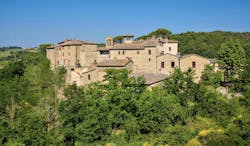
Castel Monastero is a luxurious village-resort with superb facilities. Sympathetically renovated from an ancient hamlet and monastery, this hotel blends original architectural features with excellent cuisine and service in order to create an authentic Tuscan experience.
Superior room
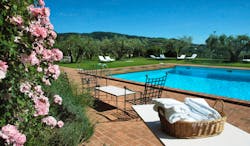
Hotel le Tre Vaselle is a 5-star boutique hotel in a beautiful rural location. Wine and gastronomy are at the centre of a stay here. It is superbly located to visit local wineries, and the hotel's spa offers wine-centred treatments.
Premier superior room
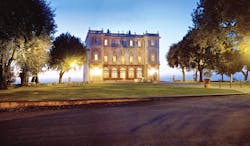
Park Hotel Villa Grazioli is a 4-star, art-filled villa of traditional elegance with wonderful views. Gourmet cuisine, choice of accommodation and park for relxation.
Classic double room
I just wanted to get in touch to say thank you! We have now returned from our Orient Express, Venice trip, and it could not have been better. The memories made will last a life time. Obviously, the train experience is beyond words and Venice is such a fantastic place, but we wanted to specifically thank you for the organisation and assistance. Your attention to detail is superb and it made everything smooth and easy. Thank you again for a job extremely well done.Mrs C, May, 2024
Holiday price guide Prices start at £2,300 per person based on two people sharing a double or twin room.
Holiday Code ITFD09
Call us on 01392 441245
Luxury fly-drive bespoke touring holiday to Tuscany, Umbria and Latium
About Tuscany
An Expressions tailor-made holiday in Tuscany allows you to appreciate its classical landscape of rolling hills and vineyards dotted with olive and cypress trees, its misty green-grey mountains that are never too far distant, and hill-top towns of rich brown and gold stone houses. This combines with the beauty of the works of art contained in the towns and villages throughout Tuscany to create an inspirational union of the spirit and the senses. There is an intrinsic comfort in the supposed contrast between the delicacy of a Botticelli and the heartiness of Ribollita soup, yet both are typical of this fascinating region. As birthplace of the Renaissance, the impact of Tuscan and particularly Florentine traditions and culture on European heritage is fundamental to our way of life. In addition to the obvious attractions of the scenery of Chianti and the art cities of Florence and Siena, there are the less well-known regions south of Siena with its moon-like landscape of hills, the patchwork vineyards of Montalcino, the coastal marshlands of the Maremma, the spas of Montecatini and Saturnia, the islands of Elba and Giglio, and the Casentino with the source of the Arno and abundant mushroom crops. Wherever you travel on holiday in Tuscany, you will be inspired by the beauty of your surroundings and the way of life, which is quintessentially that of Italy too.
Highlights of Tuscany
Famous vineyards producing wines of Chianti Classico, Brunello di Montalcino, Vino Nobile di Montepulciano. Alabaster is produced in Volterra. Gold and silver are worked in Florence and the Ponte Vecchio is lined with jewellery shops. Marbled paper and stationery is a speciality of Florence. Ceramics and hand-painted majolica from raw terracotta from Impruneta to the glazed pottery of Siena are to be found throughout Tuscany. Lucca has traditionally produced silk and hand-woven fabrics. Leather goods including shoes, handbags and belts are to be found from market stalls to designer shops such as Gucci and Ferragamo. Interesting markets include the Mercato dell' Antiquariato which sells furniture from antiques to bric-a-brac in Arezzo on the first weekend of every month, in Pisa on the second weekend and in Lucca on the third weekend. The 'wild' Maremma is known for its long-horned white cattle and cowboys (butteri) and natural springs including Saturnia.
Cultural highlights of Tuscany
As birthplace of the Renaissance, Tuscany contains a wealth of treasures: Giotto`s Campanile and Brunelleschi`s Dome in Florence, the Tombs of Galileo and Michelangelo in Florence`s Santa Croce, Botticelli`s `Birth of Venus` and `Primavera` and the portraits of the Duke and Duchess of Urbino by Piero della Francesca in the Uffizi, Michelangelo`s `David` in the Accademia, the architecture of the Piazza della Signoria in Florence, `The Tuscan Maremma` painting by Giovanni Fattori in the Palazzo Pitti in Florence, the Piazza del Campo in Siena, `The Legend of the Cross` frescoes by Piero della Francesco in Arezzo, `The Creation` fresco by Bartolo di Fredi in the Collegiata in San Gimignano, Romanesque church of the Collegiata in San Quirico d`Orcia, 14th Century Fortezza of Montalcino, Renaissance masterpiece of the church of Madonna di San Biagio at Montepulciano, the abbey-church of Sant`Antimo, mediaeval Lucignano and the towers of San Gimignano, the Etruscan Museum in Cortona.
Festivals in Tuscany
Many of Tuscany`s festivals resound with the flamboyance of the Renaissance and keep Tuscans and visitors alike in touch with the region`s rich history. Others are linked to Tuscany`s hearty traditions of eating and drinking. The most famous is Siena`s Palio which takes place on 2 July and 16 August each year. Others include the Sagra del Tordo (Festival of the Thrush) in Montalcino on the last Sunday in October when there is an archery contest and charcoal-grilled thrush are a delicacy. In Florence, Calcio in Costume (a football match played in mediaeval costume) takes place in June. Pisa has the Giocco del Ponte (Game of the Bridge), a mock battle in Renaissance dress also held in June. Viareggio celebrates Carnival on Shrove Tuesday with a huge display of flamboyant floats. In May and August Massa Marittima holds the Falcon Contest.
Gastronomy in Tuscany
Simple country food is at the heart of Tuscan cooking. Regional dishes include Bruschetta (bread or ciabatta toasted and rubbed with garlic, olive oil and salt), Ribollita (bean, cabbage and bread soup), Pasta with hare or wild boar sauce, Porcini mushroom and truffle dishes, Bistecca all Fiorentina (thick cut of sirloin and fillet beef), Cantucci (almond and honey biscuits) served dipped in Vin Santo, Panforte (chocolate, nut and spice cake). Pecorino cheese made from sheep's milk. Local wines include the white Vernaccia di San Gimignano and the Bianco di Pitigliano. Famous reds include Chanti Classico, Brunello di Montalcino and the Vino Nobile di Montepulciano. Vin Santo made from semi-crushed grapes left for several months is an excellent dessert wine.
Call us on 01392 441245
Luxury fly-drive bespoke touring holiday to Tuscany, Umbria and Latium
About Latium
An Expressions tailor-made holiday to Latium holds countless treasures for the visitor. The whole region and its very geography and history produce a wealth of varied scenery and sites. Latium (or Lazio in Italian) lies at the very cultural and historical heart of Italy, with Rome at its centre and is bordered by the Apennine mountains to the east and the Tyrrhenian Sea to the west. A journey through Latium is a journey back to the heart of European civilisation with important Etruscan and Roman remains in evidence throughout the region. Their ancient civilisations are to be found in the obvious and not so obvious places, from temples to stones, from arches to pavements. There are also numerous villas, gardens, abbeys, spas, lakes and hill towns. The countryside is rich and fertile, hilly inland and flat towards the coast. Palms, olives, vines and fruit abound. On the other side of Italy is the little-known region of Abruzzo, rich in beautiful coastline and mountains. It is easily combined with Latium for your holiday and worth visiting for a more off-the-beaten-track region.
Highlights of Latium
There are a number of places nearby that are worth visiting: The hot springs at Tivoli and Fiuggi. The Alban Hills and the 13 hilltop towns surrounded by vineyards and elegant villas of the Roman aristocracy over the years, including the summer palace of the Pope at Castel Gandolfo. Visit mediaeval Anguillara on Lake Bracciano north of Rome. Explore the countryside of the Ciociaria region near Anagni (the name of the region comes from the bark clogs worn by the locals until about twenty years ago). Ostia Antica now inland was once ancient Rome's trading port and the ruins offer a fascinating insight into the Roman way of life. The region north of Rome is very rich in Etruscan remains -visit the necropoli at Tarquinia and Cerveteri. Great monasteries were founded around Rome, especially at Subiaco and Montecassino. The best beaches on the Lazio coast are to be found between Sabaudia and Gaeta. From the town of Bolsena take boat trips to the islands of Bisentina and Martana on Lake Bolseno. Visit the Island of Ponza off the coast near San Felice Circeo.
Cultural highlights of Latium
The gardens of the Villa d`Este at Tivoli. Hadrian`s Villa at Tivoli. Villa Lante near Viterbo. Palazzo Barberini in Palestrina which houses a 1st Century BC mosaic depicting the Nile in flood. The Byzantine frescoes in the crypt of the 11th Century Basilica of Santa Maria in Anagni. The Palazzo Farnese by Vignola at Caprarola. The 13th Century Italian Gothic church of Santa Maria Maggiore at Ferentino. 17th Century frescoes by Domenichino in the chapel at Grottaferrata.
Festivals in Latium
Spring is the main season for festivals in Latium. Genzano holds the `Infiorata`, Marta has the `Barabbata`. In the autumn there is the `Sagra dell`uva` grape festival in Marino. The influence of Rome is obvious in this area, supplemented by either proximity to coast or country.
Gastronomy in Latium
Sage, rosemary and bay are used extensively to season. Specialities of the region include Spaghetti alla carbonara, Suppli (croquettes made with rice, meat and mozzarella), Carciofi alla giudia (artichokes fried crisp in olive oil and sprinkled with lemon juice), Saltimbocca alla romana (veal with ham and sage), Torta di ricotta. Frascati is the best-known white wine of the region although similar wines made from the Trebbiano grape include Colli Albani and Castelli Romani. Very few red wines are produced, but the best is Torre Ercolana.
Call us on 01392 441245
Luxury fly-drive bespoke touring holiday to Tuscany, Umbria and Latium
About Umbria
An Expressions tailor-made holiday to Umbria offers the chance to explore a lesser-known rural area of Italy. Umbria is a gentle, undulating land of hills, river valleys, a patchwork of fields, vines and olives similar in many ways to her better-known neighbour, Tuscany, yet in other ways so very different. Umbria evokes a deeper rusticity, a less ‘polished' feel than Tuscany, the secrecy and mysticism of the Middle Ages and yet because of this holds a charm and fascination for the visitor. The hill towns are superb in their own right; steep, narrow cobbled streets with overhanging arches, the grey stone enlivened here and there by pots of geraniums. Ancient crafts remain very much alive, with ceramics and woodwork in particular. Umbria abounds in Roman architecture with Gubbio and Spoleto being noteworthy and there are Etruscan remains too. The food is hearty and earthy too with truffles and porcini, sausages and salami being regional specialities. Yet Umbria also has some of the most important religious sites in Europe, such as the Basilica of St Francis in Assisi and throughout the region are to be discovered outstanding works of art by Perugino, Giotto, Pinturicchio and Gozzoli. Umbria is an intriguing region that awaits further discovery.
Highlights of Umbria
Shop for ceramics in Gubbio, truffles and cooked meats from Norcia. Dramatic landscapes of the Monte Sibillini and one of Europe's highest waterfalls called the Cascate delle Marmore near Terni. One of Italy's beauty spots is the Fonti del Clitunno south of Trevi. See carpentry and woodworking in Todi. Visit the wine museum in Torgiano. Forests of holm oak near Spoleto. Antique fair in April and a national craft fair in August and September in Todi.
Cultural highlights of Umbria
A mixture of religious and secular art and architecture makes Umbria fascinating. The cities of Perugia and Assisi are great centres but the smaller towns of Gubbio, Todi, Spoleto and Spello are also of outstanding interest. Highlights of the region include the Fontana Maggiore in the Piazza IV Novembre in Perugia. Perugia`s Galleria Nazionale containing works by Perugino and Pinturicchio. Gattapone`s Palazzo dei Consoli in Gubbio and his Ponte delle Torri in Spoleto. The `Adoration of the Magi` by Perugino in the church of the Madonna della Lacrime in Trevi. Frescoes by Matteo da Gualdo in the Pinacoteca of Gualdo Tadino. `San Sebastiano` by Luca Signorelli in the Pinacoteca at Citta di Castello. Frescoes by Giotto and Lorenzetti in the Basilica of St Francis in Assisi.
Festivals in Umbria
Perugia has a jazz festival in the summer and the Sagra Musicale music festival held in its churches in September. Orvieto holds concerts in August and has a firework display on the 15th. Spoleto`s Festival of the Two Worlds, a world-class cultural event, takes place June and July. Spello holds its Infiorata in June when the streets are decked with flowers. Foligno holds jousting in September during its Giostra della Quintane.
Gastronomy in Umbria
Umbria's gastronomy is very much a product of its earth and waters: Mushrooms and truffles flavour many dishes, Game and wild boar, Trevi produces black celery, olive oil and black truffles, Pecorino cheese from Torgiano, Todi offers Panzanella, dried bread soaked and marinated in sliced tomato, basil, onion and olive oil, Sweet macheroni with walnuts, Salami and sausages are a regional speciality, Trout from the rivers and perch from Lake Trasimeno, Strangozzi and Bici are local pasta, often flavoured with porcini and truffles. Umbria produces some high quality robust red wines near Torgiano (Rubesco produced by Lungarotti for example) and Orvieto is known for its white wine.


